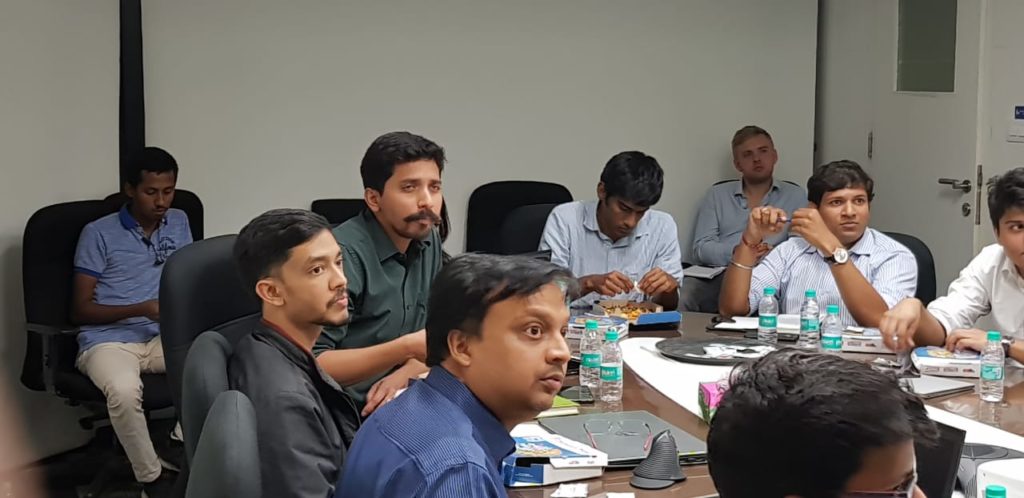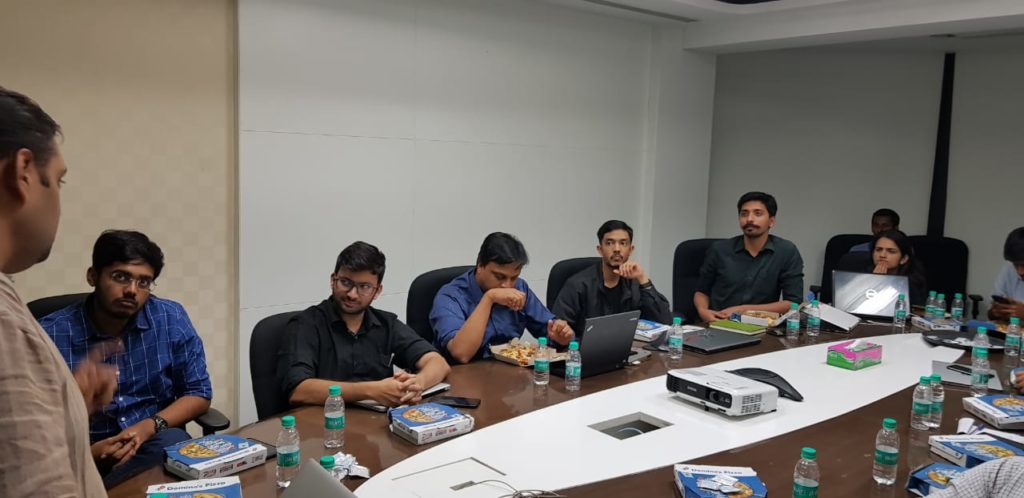Drones have been around for a long time, going back as far as World War II. For most of their history, they were considered part of the military arsenal and developed and deployed almost exclusively by the military.
However, the past decade has seen a tremendous amount of research and development in the area of using drones for civilian purposes. This has led industry experts to predict that drones will be disrupting some of the mainstay industries of the global economy such as logistics, transportation, mining, construction and agriculture to name a few. Analysts estimate a $100 billion market opportunity for drones in the coming few years [1]. In spite of the overwhelming evidence in favour of the value created by drones, it has taken quite a few years for the drone industry to take off in a commercial sense globally.
The main reason for this has been the regulatory challenges around what is allowed to fly in the air and where is it allowed to fly. A common theme around the world is the unconventional challenges that old governmental structures have to face as they try to understand and regulate new technologies. Hence the default approach so far for governments has been reactionary caution as they try to control what are, essentially, flying robots in the sky.
However, with electronic costs coming down, the hardware becoming more accessible and the software interpreting data becomes more powerful a number of humanitarian, civilian and industrial application have emerged and as governments across the world are realizing the potential of drones, we are starting to see the first version of regulations being drafted and adopted across the globe.[2]
Closer home India has a relatively adverse approach to drones or more lackadaisical rather. [3]
But as India continues to drive to become a more technology-oriented economy the role of drones in the worlds fastest growing economy and the potential benefits it can bring are hard to ignore.[4]
However, India’s approach to drone regulations cannot be that of other major economies that have the luxury of friendly neighbours and a large network of monitoring apparatus, India has had to take an approach that has to be novel and robust. Something that balances the security landscape while also being designed to allow maximum utilization of the potential that drones offer. Out of this need to both regulate secure how and where a drone can fly and keep multi-ministerial stakeholder interests accounted for was born the Digital Sky, India’s foundational framework for all things drones.
What is the Digital Sky and how does it work?
What the Digital Sky accomplishes beautifully is to fill the institutional void that needs to be collectively fulfilled by so many institutions and make it easier for the industry and consumers to interface with the government legally through one platform. Permission to fly drone no longer requires a 90-day intimation with an arbitrary number of NOCs to be approved by umpteen number of ministerial bodies at the central and federal level. The industry and the public now know one place to interact with in order to register their drone, get recognised as a certified operator and apply for permissions and all concerned government agencies ensure their overarching interests do not interfere with the large-scale adoption of drones.
There are crucial components required for the Digital Sky concept to work, the most central being that drone operators should not be able to fly drones if they are not approved by the government. To accomplish this the Drone 1.0 regulations revolve around the concept of No-Permission-No-Takeoff (NPNT).

What this implies is that unless a drone has got valid permission for a particular flight through tamper-proof digitally signed permission tokens, it will not be able to take off. The Digital Sky is the platform to automate the processing of these permission tokens as they flow in from different parts of the country without overwhelming the authorities through a flight information management system (one of only three countries to build this nationally after China and the USA). In order for this vision to come true, there will be an enormous change in the way drones are manufactured and operated. Entire new industry verticals around getting existing drones compliant, developing interfaces that interact with the Digital Sky platform and making applications for India’s needs will develop. Hence this begs the question.
How are the current state of the industry are changing with 1.0 regulations

Until the introduction of the regulations companies especially in the UAV operations were doing non-restricted work and end up becoming the jack-of-all-trades. Companies in the manufacturing domain were unclear of who is their target customer and what they needed to build. All the companies in this domain were working with no clarity on the safety and permissions.
With the introduction of the Drone Policy 1.0, there is a buzz which has been created and efforts are being made to understand the regulations by all the entities who are set to gain from it. They understand that there will be a new aspect that needs to cater to i.e. the sense of accountability.
For manufacturer’s The NP-NT mandate will be the most immediate requirement, the most common route to implement the mandate will be through changes to existing firmware architecture. The changes themselves are being driven by open source initiatives with various operators, system integrators and manufacturers contributing to the shift to NP-NT for all major drone platforms in the country. The Digital Sky has inadvertently catalysed the first industry-wide initiative to bring together all members of the ecosystem. Other requirements such as ETA bring in much-needed standardisation in the hardware space, this allows benchmarking of products, easier availability of information about the standards to look out for end users.
For operators, a massive increase in the volume of business is expected as they can now focus on getting certified drones into the air, and not so much on getting approvals. The Digital Sky brings in much-needed certainty and predictability into an industry that will be focused on balancing demand and supply of drone-related operations in a market that has a huge need for drones and their data but limited expertise to acquire and process it. This also puts onus an industry to become security and privacy conscious and insurance agencies will play an important role in this regard. It will also immensely help in changing the thought process of the companies providing services and their customers. Customers will start understanding that they also need to have a defined plan, process and execution instead of a haphazard existing process of execution.
How industry/playground will change over the coming years?

With the introduction on the regulations and a platform like Digital sky enabling the ease of doing business for the companies who are serious stakeholders in this domain, there is no limit to what developments will occur in the coming years. It opens up possibilities for utilization of Drone and its related technologies in Agriculture, Medical, Energy and Infrastructure and transportation.
The existing players will become more mature and more focused. They will understand that with regulations in place a more focused approach is the key to scale. They will look at opportunities to compete with the global market also as the solutions that are developed around the Drone Regulations 1.0 and 2.0 will be key factors that contribute to the Indian ecosystem to becoming a global standard to test, adapt and innovate drone applications and management.
What are the opportunities? What does that mean for the current and new players?

UAV/ Drones as a business was a far-fetched thought for many entrepreneurs and has been a struggling industry in the past in India. Going forward it is guaranteed that it will be one of the biggest markets in the world for UAV as a business. What the regulations and Digital Sky platform will enable is a new levelled playground ground for the UAV companies to initiate good scalable business models both existing and the ones entering new to the sector.
The existing companies with the right resources can now plan to scale their operations and also have the added advantage of doing work for the private sector in India. Due to the restrictive method of operations adapted previously the solutions to private agencies was unavailable. Now going forward the companies will shift their focus from being a B2G entity to a B2B entity. Many new businesses for UAV air traffic management, surveillance, AI and ML-based UAV solutions and deliveries will emerge out of India with technology specific to India.
If you want to join our future roundtable sessions on Digital Sky and more, please register your interest here.
The blog is co-authored by Anurag A Joshi from INDrone Aero systems, Abhiroop Bhatnagar from Algopixel Technologies and Gokul Kumaravelu from Skylark Drones



